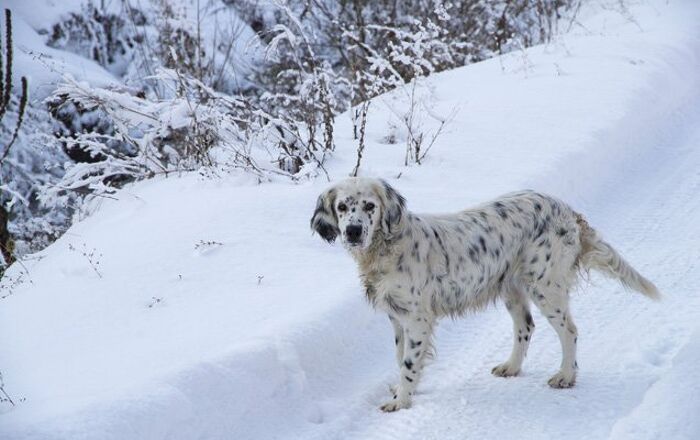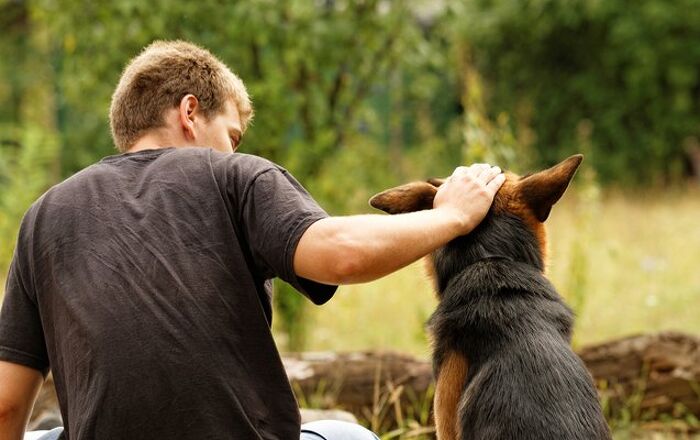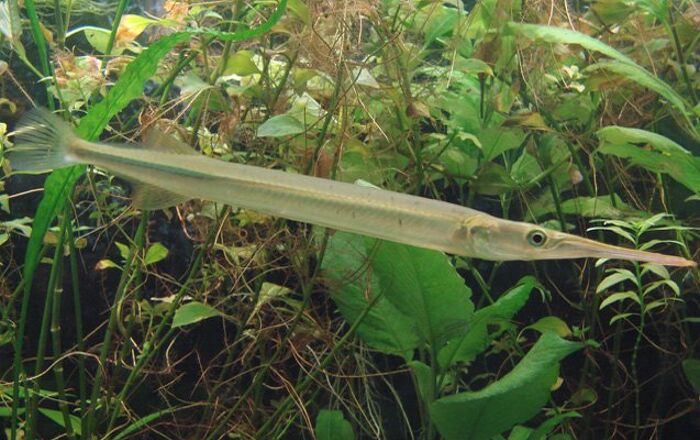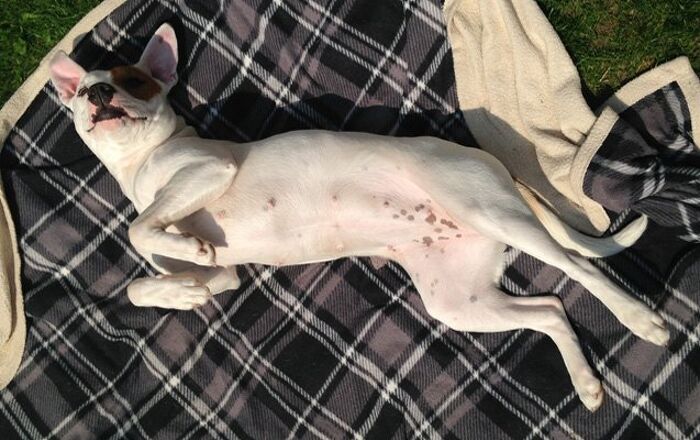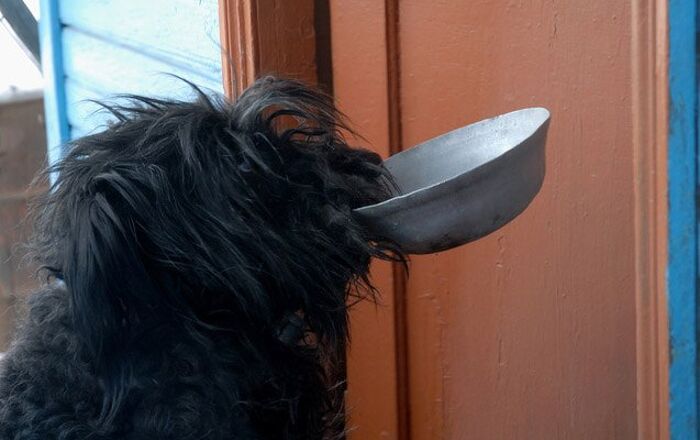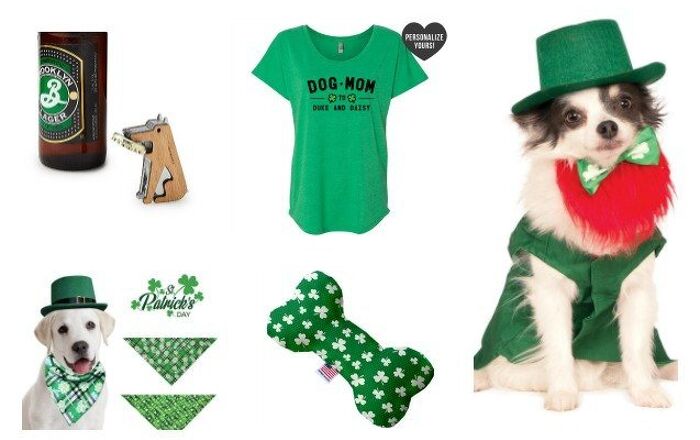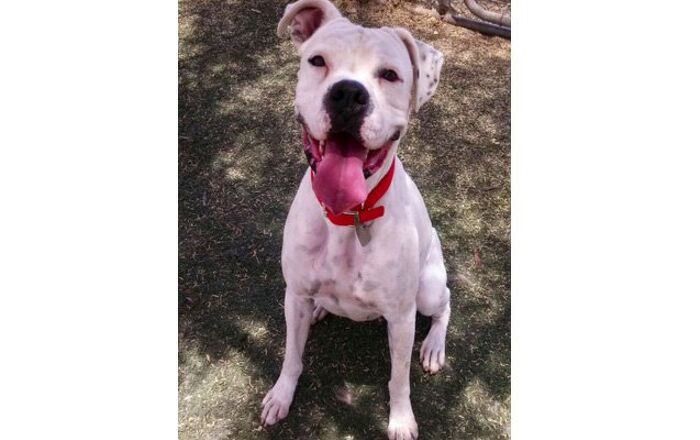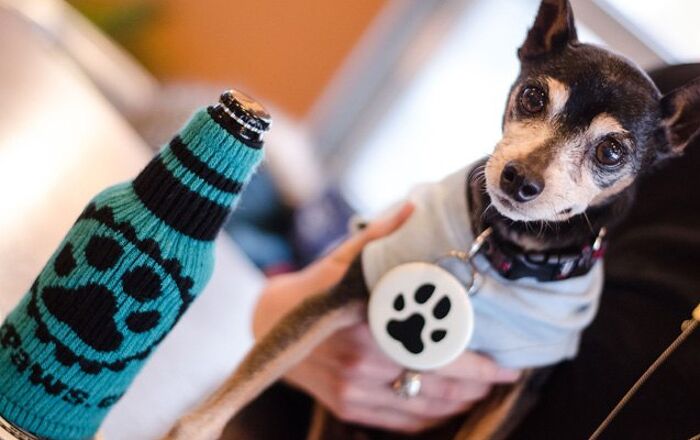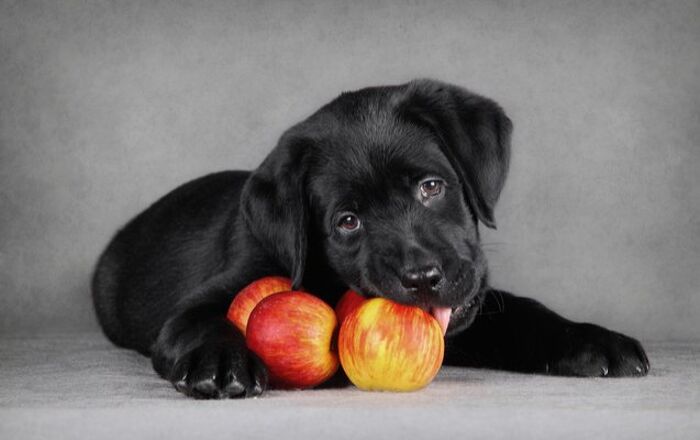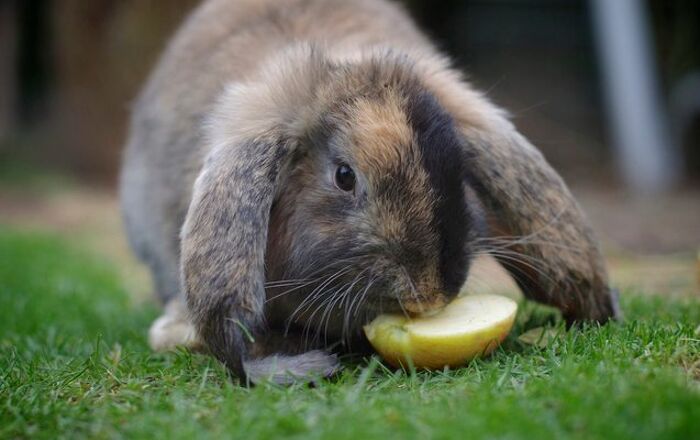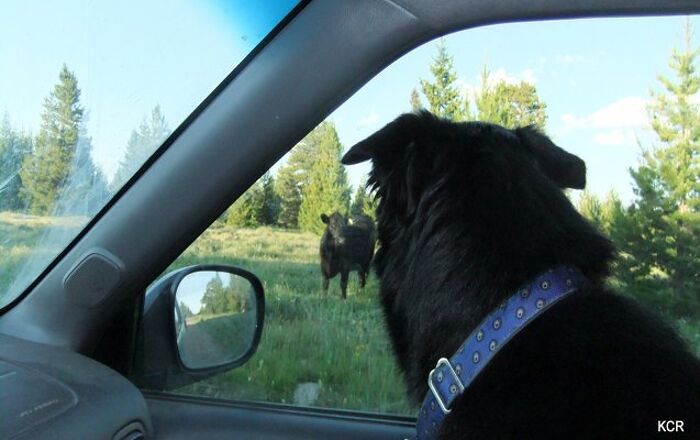
We love our dogs and many of us won’t say no to puppy smooches – but to be fair, not all furballs have the freshest breath out there. If your dog has bad-smelling breath, the culprit might be plaque buildup and the bacteria overgrowth that comes with it.
We all know that bacteria are responsible for all things smelly, and when it comes to oral hygiene, the reason why bacteria are there in the first place is bits of leftover food that slowly but surely turn into tartar on your pet’s teeth. The best way to prevent plaque on a dog's teeth is to brush them, but what about existing buildup? How can you remove plaque from your dog’s teeth at home – or is it something that has to be done professionally? Here’s what you need to know about plaque and tartar and how best to remove them.
Maintaining good dental health in dogs is crucial for their overall well-being. Addressing plaque in your dog's teeth is not just about maintaining a bright smile; it's a key aspect that contributes to their overall health, happiness, and longevity. Regular dental care is an investment in your dog's well-being that pays off in various ways - it’s sure way to prevent dental diseases such as gingivitis and periodontitis, eliminate bad breath odor, avoid tooth decay and loss, and maintain your dog’s good appetite. After all, dogs depend on their teeth to eat properly. Just imagine the effect of bad or missing teeth. Unchewed food, indigestion, vomiting – the list is long. So it goes a long way to act on this ahead of time and prevent tartar buildup and remove any existing one. Here are just a few tips to consider when dealing with persistent dog teeth plaque:
- Prevent Buildup With Regular Brushing
Dogs need to brush their teeth just like us! They’ll need your help to do it, of course. Remember that it is never too late to start. Start slowly and gently with short brushing sessions, gradually increasing the time as your dog becomes more comfortable. Of course, you should use a toothbrush that is designed specifically for dogs or a similar fingerbrush. The toothpaste also needs to be for dogs only (never use human toothpaste as it may contain ingredients harmful to dogs).

- Offer Raw Bones
Including raw meaty bones in your pet’s diet can be a natural and healthy way to remove plaque. However, you should be cautious and choose appropriate-sized bones to avoid choking or dental damage. Remember that bones can splinter, so exercise caution. Another thing to keep in mind is to source the raw bones from trusted suppliers to reduce the risk of salmonella.
- Use Dental Chews and Toys
You should stock up on special dental chews and toys for dogs that are meant to be chewed and gnawed on. Such toys and yummy treats are especially useful for fighting plaque, essentially not allowing it to build up. Look for products with ridges or textures that are particularly efficient in this role.

- Professional Dental Cleaning:
If all else fails, you should explore the option of a professional tooth cleaning service. Sometimes, the plaque is too severe to be treated at home and requires the use of dental tools that can be only found at a vet’s office. In most cases, your dog will also be sedated for the duration of the process so you don’t have to worry about them getting stressed – it’s pain-free and can make a drastic change for the better.
In the end, remember to consult with your veterinarian if you are worried about the amount of plaque on your pet’s teeth as they can provide guidance on the most suitable products and techniques for your specific dog. Regular veterinary check-ups are crucial for monitoring your dog's oral health and addressing any dental issues promptly so don’t skip them!
